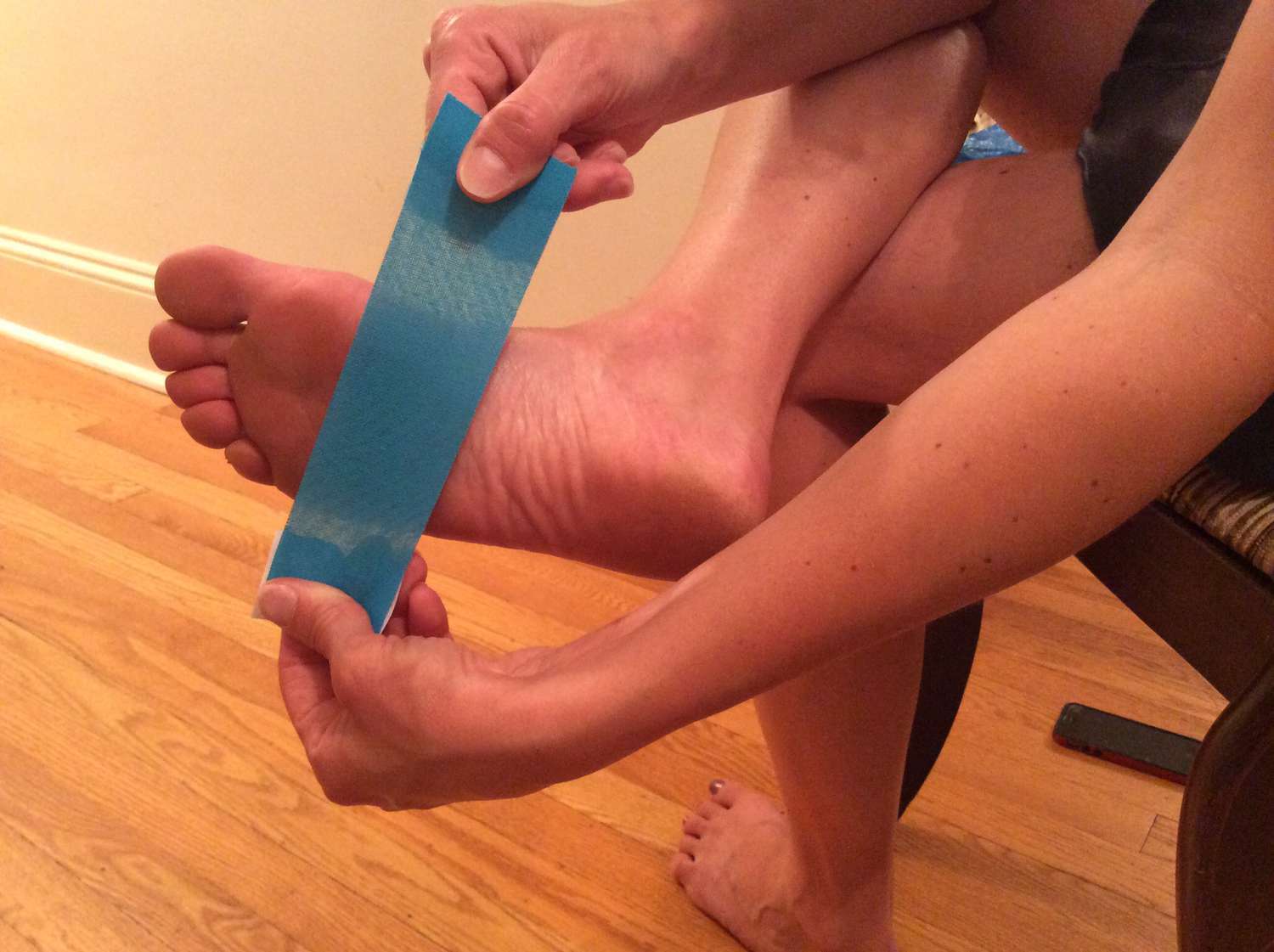
Feb 21,2024
Kinesiology tape is also called elastic therapeutic or K-tape. It is a thin, stretchy, and sticky tape. Sports medicine and physical therapy use it. It was developed in the 1970s by Dr. Kenzo Kase, a Japanese chiropractor.
Kinesiology tape is made from cotton or synthetic fabric. It has an acrylic adhesive on one side. It mimics the elasticity and thickness of human skin. A wide range of motion is possible while providing support and therapy. The tape is breathable and water-resistant. It can be worn for a long time, including during physical activities and even in water.
The main purpose of kinesiology tape is to support muscles, joints, and ligaments. It also lets them move fully. It can be applied to various parts of the body, including the foot, ankle, knee, shoulder, and back, among others.
Kinesiology tape can support the foot. It can also help rehab various conditions. It's also known as elastic therapeutic tape. The tape is placed on the foot in a specific way. The way depends on the injury or condition you're addressing. Here are a few standard taping techniques for different foot issues:
This taping technique supports the plantar fascia, a ligament running along the sole. Start by anchoring the tape on the ball of the foot near the base of the toes. Then, apply the tape along the arch of the foot, following the path of the plantar fascia. Finally, anchor the other end of the tape on the heel.
To support the foot's arch, you can add a strip of tape. Place it from the inside to the outside. This can help alleviate arch pain or discomfort.
You can use a technique called "Figure 8" taping to enhance ankle stability. Begin by anchoring the tape on the inside of the foot, just below the ankle bone. Wrap the tape diagonally around the back of the heel. Then, continue wrapping it around the foot to make a figure 8 pattern. Repeat the wrapping a few times and finish by anchoring the tape on the outside of the foot, above the ankle bone.
When selecting the suitable kinesiology (KT tape) for your foot, there are a few factors to consider. Here are some guidelines to help you choose the appropriate KT tape:
Opt for high-quality kinesiology tapes from reputable brands. Look for tapes made from durable materials with good adhesive properties to ensure they stay in place during activities.
Consider the stretch and elasticity of the tape. The tape should be able to stretch and recoil comfortably, mimicking the natural elasticity of the skin. It should allow for a full range of motion without restricting movement.
The width and length of the tape will depend on the area of the foot you intend to apply it to. You may need wider tapes for broader coverage or to support larger areas like the arch or heel. Smaller areas, such as the toes, may require narrower tapes. Choose a length that allows you to apply the tape effectively without running out of tape prematurely.
Take into account any allergies or sensitivities you may have. Look for hypoallergenic or skin-friendly options. They minimize the risk of irritation or adverse reactions.
If you plan to use the tape in water or when it may get wet, consider water-resistant tapes. These tapes are designed to remain in place. Active sentence: The tapes are designed to stay in place. They keep their stickiness even when wet.
The color or pattern of a tape doesn't affect its function. But, some people prefer tapes in colors or patterns to match their team or outfits.
If you are looking for the perfect supplier of KT tape for your foot, you need not bother. Check out our vast collection of premium kinesiology tapes that cater to your needs.